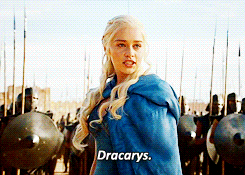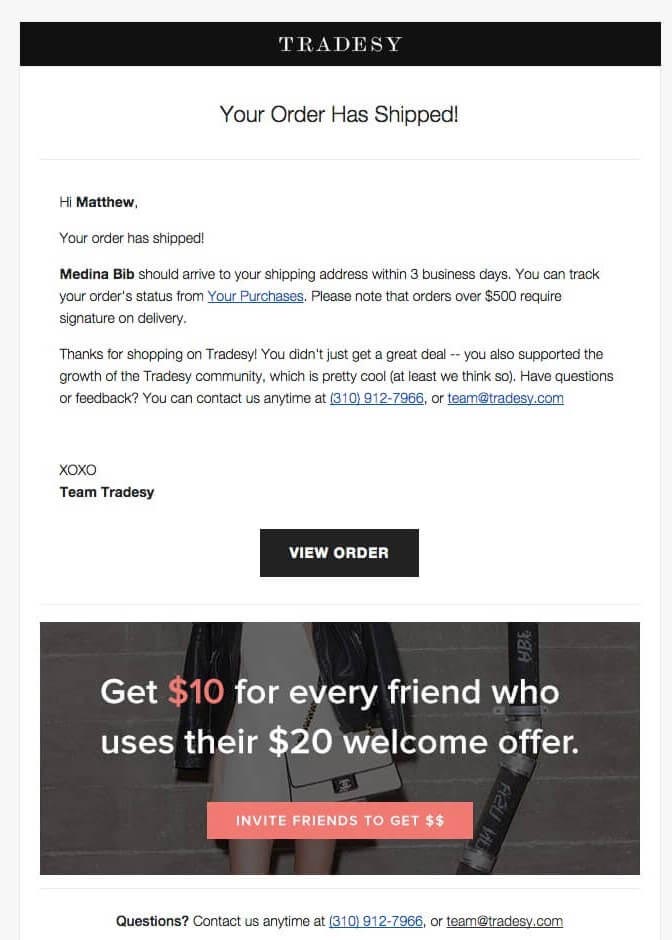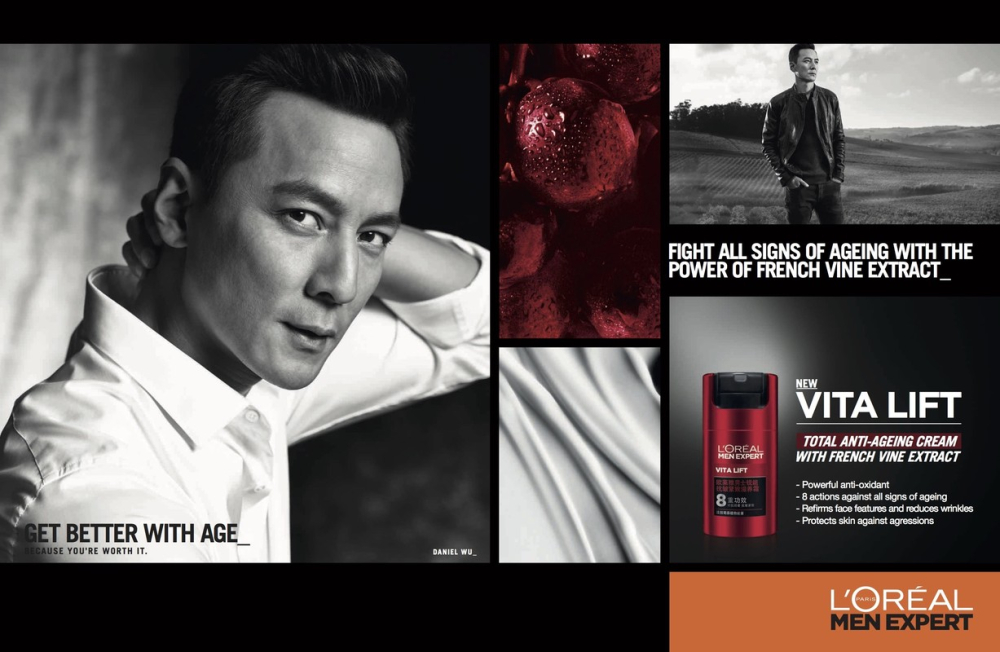Table of Contents
Cognitive biases, what are they?
Cognitive Biasesare a psychological effect that produces a deviation in mental processing, leading to distortion, inaccurate judgement, illogical interpretation, or what is generally called irrationality, which occurs on the basis of the interpretation of available information, even if the data are not logical or unrelated. […].
The existence of cognitive biases arises as an evolutionary necessity for the immediate emission of judgments that our brain uses to assume a rapid position in the face of certain stimuli, problems or situations, which due to the inability to process all the available information is filtered out in a selective or subjective way. Although they can lead us to errors that can be serious, in certain contexts they lead to more effective actions or allow faster decisions to be taken when immediacy is the greatest value (heuristics).
Source: https://es.wikipedia.org/wiki/Sesgo_cognitivo
People make decisions according to their emotions. Psychological triggers are a key factor in that decision-making process. The most successful brands manage to connect with our emotions over and over again.
Before starting with a list of 19 cognitive biases to optimize the conversion of your ecommerce or page, I think it’s important to spend some time on something very simple, an ethical principle that can help you when deciding your marketing strategies:
Would you do it to your mother?
Misleading promises, manipulation, spam, cheating…..avoid bullshit marketing. El marketing puede ser una actividad muy bonita y que crea valor en nuestra sociedad.
Don’t be a bastard, think about your mother before using certain techniques.

1. Anchorage effect or focus effect
An initial value, the “anchor”, serves as a mental reference point or starting point for estimating an unknown value. When an anchorage value is first presented, it is as if the anchorage exerts a magnetic attraction, bringing the estimates closer to itself. The anchor works, even when the initial anchor does not represent a reasonable number.
When you add a high-priced item to your product list, everything near it looks like a bargain. When we estimate a numerical value, we tend to be susceptible to the power of the suggestion. Any related value we hear just before we make our estimate has a demonstrated high statistical impact on the number we are going to estimate. Even when we are warned in advance about the persuasive powers of anchoring, we cannot help but relate the information presented next to it when we estimate what a fair price or value is.
Use:
- When you want a price to seem fairer or cheaper, compared to the anchor.
- If you want to control users’ expectations as to how much to give, pay or receive.
Example:

Become a partner here: https://www.unicef.es/hacerme-socio
2. Humour
Do you think that humour is not part of the cognitive biases?
As a reminder, a cognitive bias is all that leads the consumer to make an irrational decision.
For example, when you buy a product just because the ad made you laugh.
You don’t know anything about the qualities of the product, but you liked the announcement that made you laugh.
Why does it work? Because there’s nothing more powerful than humour.
Whether it’s to make your mark or to federate a community, it’s an ultra efficient way to sell more.
Example:

3. Availability heuristics
One of the cognitive biases is that of availability heuristics; it is found when someone relies on information that is immediately available and/or information that comes to mind immediately during a given event. As a result, we may judge these events to be more frequent or reliable than other events.
For example, after seeing an article about people who win the lottery, you may begin to overestimate your chance of winning the lottery.
We have a tendency to orient our judgments very much towards more recent information, which makes new opinions biased towards the latest news.
Use:
- Work on your texts and narratives so that your clients have the most important information in mind.
- Design your product pages with relevant information near the action buttons.
Example:

Try a risk-free Starter Set today. – Dollar Shave Club
4. Group effect or bandwagon
It’s the tendency to think or want something because our reference group thinks or wants that thing. In other words, we do everything like our friends.
Everyone is sensitive to the effects of fashion. Don’t you believe it? Check out an Apple Store, the day of the launch of a new iPhone…
Use:
- Social networks are excellent vectors for creating noise by taking advantage of group bias. They allow you to learn more about your customers, including meeting their friends and communities.
- Most platforms offer very interesting statistics about the age, sex or geographical location of the users who follow you. Ideal to get a better idea of your “typical client” and adjust your content accordingly.

5. Single-choice aversion
The cognitive bias of single-choice aversion is when customers are offered only one option, they tend to look for alternative options, postponing their purchase.
We are reluctant to choose an option, even if we like it, when we have no choice. In fact, if we are presented with only one option or product, we will consider our choice in terms of “take or leave” rather than “compare options/products”.
This bias means that a product is bought more if it is presented among several competing models rather than alone.
Use:
- It is best to avoid offering very limited options because it could result in the decision not to purchase your product before consulting other alternatives; you could lead your potential customers to seek out these alternatives from their competitors.
- Also do not overload your visitors with options, this could lead to indecision (as described by the Paradox of Choice principle): it is necessary to find the right balance of the amount of options or products to be presented.
Example:

6. Cognitive bias of belonging
We are social animals, we need to feel recognized, identified, members of a group. From the Rock bands to the Influencers to the political parties, everyone knows that the membership bias is very powerful.
Use:
- Show your visitors how many followers you have
- Talk about “community” when you talk about your services or products.
- Uses multiple levels of membership; club cards,
Example:

7. Buyer’s Remorse
It is a well-known cognitive bias that affects us all, yes All of us.
Almost all of our purchases are the fruit of our emotions. Very few purchases are the result of a rational exercise. But sometimes we need to feel good, rationalizing that purchase….
I needed that cell phone for 1000 bucks. It has brutal features that make my life much better.
Your (my) Name here
Post-purchase rationalization is also known as “Buyer’s Stockholm Syndrome”. Once they have made the purchase decision, customers are “captive”, even if they don’t like the product after they start using it. Finally, they convince themselves that they like whatever they bought.
Use:
- We will focus on minimizing our clients’ fears, doubts or regrets.
- We can send emails for each stage of the purchase, from confirmation of the purchase to an after-sales questionnaire, for example:
- Purchase confirmation (email)
- Confirmation of shipping (email + SMS)
- Delivery confirmation (email + SMS)
- Satisfaction survey (email)
- We can send emails for each stage of the purchase, from confirmation of the purchase to an after-sales questionnaire, for example:
Example:

8. Confirmation bias
Confirmation bias is the very common tendency to seek and consider only information that confirms our beliefs and to ignore or discredit those who contradict them.

Photo credit: Monarch University (https://www.monash.edu/)
This is the bias that we, as managers of conversion optimization campaigns (CRO), will have to control permanently. We are happy to be right, and if we can find data to help us prove our point, it will be very easy to forget about other data that claims otherwise.
9. Decoy effect
In marketing, the decoy effect (or asymmetric dominance effect) is the phenomenon by which consumers will tend to have a specific change in preference between two options when a third option that is asymmetrically dominant is also presented.
https://es.wikipedia.org/wiki/Efecto_se%C3%B1uelo
Use:
- Present the same product with 3 options; one serves as a lure to sell the most expensive option.
Example:

“For just 300€ more I have twice the storage capacity”
10. Loss aversion
Loss aversion bias designates a tendency to attribute greater value to an object that one possesses than to the same object that one does not possess. For example, a homeowner might estimate the value of his or her home as higher than he or she would be willing to pay for an equivalent home.
Use:
- Making customers feel like they are missing out on an offer can be a good way to get them to buy.
Example:

11. Foot in the door technique
The foot in the door technique is about getting a limited advantage before asking for a real favour. For example, before you ask someone to buy our software, we will give you a free version that is limited in time or functionality.
Use:
- You can request your visitor’s email (a small request that does not cost them anything so that they can easily accept it).
- You can offer parts of a course for free, before offering the whole course at its actual price.
- Sample distribution is another way of “getting your foot in the door”.
Example:

12. Identifiable victim effect
The “Identifiable Victim Effect” refers to the tendency of individuals to offer more help when they observe a specific, identifiable person (“victim”) in difficult conditions, compared to a large, vaguely defined group with the same need.
Source: https://en.wikipedia.org/wiki/Identifiable_victim_effect
[…]
Concrete images and representations are often more powerful sources of persuasion than abstract statistics.
[…]
The effect is summarized in the phrase (commonly attributed to Joseph Stalin) “A single death is a tragedy; a million deaths is a statistic.
Example:

Become a partner here: https://www.unicef.es/hacerme-socio
13. Ikea effect
Until recently, when I heard the term “Ikea Effect” I thought it referred to that bad feeling I get if I spend more than 40 minutes looking for the exit in Ikea.
No, the Ikea Effect can be summarized in a very simple way: We give it a very disproportionate value to the things we have created (even if only partially).

Use:
Whenever you can, offer to customize your products and services to meet the needs (whims?) of your customers. If your customers come to feel that part of what they have bought comes from their own creativity and effort, they will be willing to pay more for it.
Example:

14. Effect of mere exposure
The more we are exposed to something or a message, the more we tend to trust it. This is precisely why multinationals spend millions of dollars on advertising (branding). Their goal: to make their product part of our mental world and go to it “mechanically” when we go to the supermarket.
Use:
- The big brands have multi-million dollar budgets for branding campaigns; if it’s your case, congratulations.
- The other companies, we can use other cheaper techniques. For example, by focusing our advertising actions locally, or by publishing articles / videos / podcasts on a regular basis.
Example:

Little by little, a reference.
The best podcast about marketing.
15. Scarcity bias
The scarcity effect is a cognitive bias that leads an individual to value a rare product more than an abundant one.
Gold, and other precious metals, have a very high value due to their scarcity. A diamond is worth more than gold for the same reason.
Use:
- If you sell luxury products, you know you will be able to put very high prices on your products while your customers think they are very rare and only a few will be able to afford them.
- If you don’t sell luxury products, don’t worry, you can show your customers the availability of your products.
- But make sure you don’t lie. In time, liars are discovered.
Example:

16. Status quo bias
One of those cognitive biases that reminds me of my grandparents: “It used to be better.”
When something new makes its appearance, it inevitably brings many advantages and disadvantages.
This is where the status quo kicks in. Basically, it’s a way to defend against an unstable situation by preventing change.
Sometimes this mechanism can protect us from a problematic situation.
On other occasions, we will overestimate the risks and even create them, which will prevent us from having a fully considered decision.
An iPhone user, for example, will tend to judge the step on an Android smartphone too difficult (although many iOS novelties have existed for years on Android….)
You overestimate the risk, because today, these smart phones are not so different anymore.
Use:
- If you don’t want others to come, develop a strategy to be closer to your current customers. Think about content for your blog, personalized offers, birthday letters.
- If you want to break the fear, spend time demonstrating all the advantages of change; affirm the new as the new status quo.
Example:

You’ll find out a lot of information about this bias here: https://en.wikipedia.org/wiki/Status_quo_bias
17. Hyperbolic Discount
It is our tendency to prefer a smaller but quicker reward than a larger but longer one. It is an automatism of our brain to favor immediate satisfaction; thus we have survived millions of years.
The typical mother’s phrase for that bias would be: “You lack will…”.
Use:
- Offer something your customers can enjoy instantly
- Discounts
- Free trials
- Pay in 30/60/90 days
Examples:

18. Social proof
Social proof, a term coined by Robert Cialdini in his 1984 book, Influence, is also known as informational social influence. It describes a psychological and social phenomenon in which people copy the actions of others in an attempt to engage in behavior in a given situation.
https://en.wikipedia.org/wiki/Social_proof
Use:
- Try to get feedback from your customers.
- Get more followers on Facebook, Instagram, etc.
- Animate a Facebook/LinkedIn Group (B2B)
- Get support from famous people (Influencers)
Example:

19. Frame effect
Our decision-making processes are not as rational as we would like and are influenced by the way information is presented (positive and negative frameworks).
The framing effect is a cognitive bias whereby a person’s preference for a decision problem depends on how the problem presents itself, i.e., its “frame“. The frame effects on an individual’s preferences can be compared to the effects of perspective on the sensory perception of a landscape. There are three elements that can vary in the framework: alternatives, probabilities and consequences.
https://es.wikipedia.org/wiki/Efecto_marco
Use:
- Always (or almost always) try to present your products/services in a positive way.
- The glass is almost always full.
- Show how your customers can benefit from your product
Example:

Improve with age
We use cognitive biases to improve both in PPC campaigns and especially during conversion optimization campaigns.
And you, do you have cognitive biases that you particularly like?

